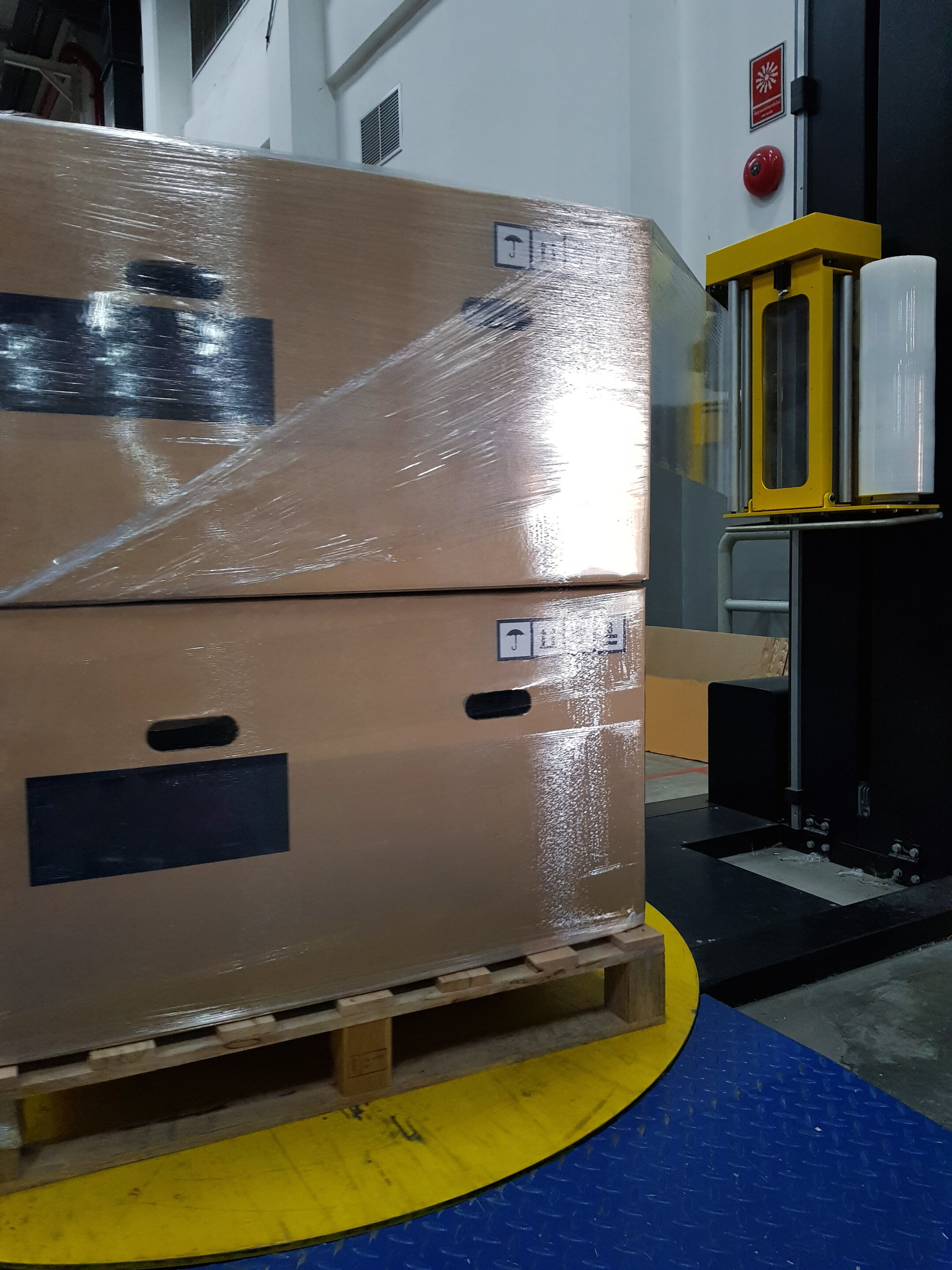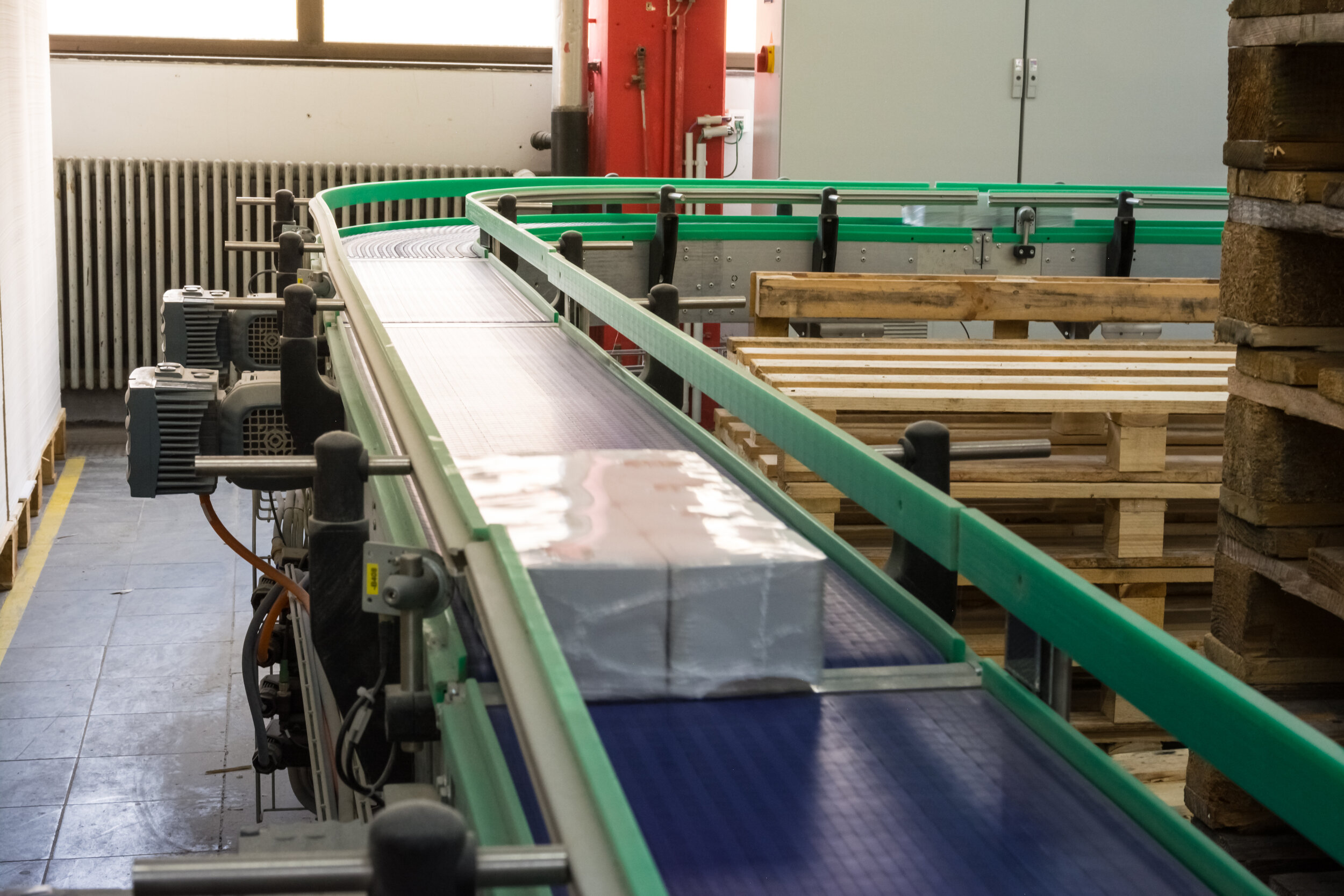Stretch Wrap VS Shrink Wrap
What’s The Difference?
Stretch wrap and shrink wrap are both very common packaging materials that are also very easy to confuse. It’s important to understand the difference between the two so that you can properly protect your products and shipments. Let’s break it down!
Stretch Wrap
Stretch wrap is a highly flexible plastic that is wrapped around your items and keeps them tightly bound together. Stretch wrap is most commonly used to hold loads of products together on a pallet. This is done by applying tension to the material and wrapping it around a pallet of goods, which allows the wrap to cling to the cargo. Using stretch wrap helps to ensure your shipments are safely transported and stored. It will also help protect your products from dirt, dust, and moisture.
Stretch wrap comes in a variety of different forms. The form of stretch wrap you should use depends on your application. Hand stretch wrap is applied manually and is best used for small loads or in low-volume warehouses. Machine stretch wrap is applied by a machine arm, while a pallet spins on a turntable. Machine wrap is ideal for larger loads and in high-volume warehouses.
Shrink Wrap
Shrink wrap, also referred to as shrink film, is a plastic material that is loosely wrapped around a product or load, then exposed to heat to tightly shrink the film around the product or load. Shrink wrap is used to protect a product from dust, moisture, and contamination or to encase multiple products together. Shrink wrap is commonly used for packaging food items.
To apply the shrink wrap, you will either need to use a handheld heat gun or a shrink wrap machine. High-volume warehouses should acquire a tunnel-style shrink wrap machine that can wrap many units quickly and efficiently.
Now that you know the difference between stretch wrap and shrink wrap, you’ll feel confident that your products and shipments are properly protected. Contact us for all your stretch wrap, shrink wrap, and equipment needs!



